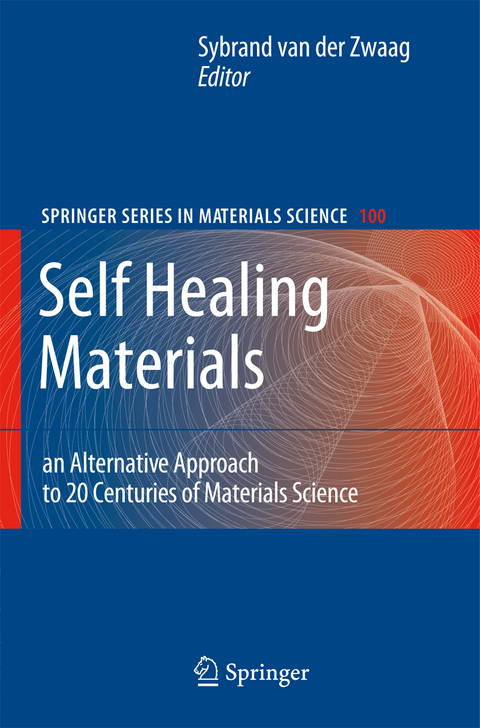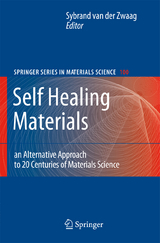Self Healing Materials
Springer-Verlag New York Inc.
978-1-4020-6249-0 (ISBN)
“As a general principle natural selection is continually trying to economise every part of the organisation. ” That was Charles Darwin, writing over 100 years ago about e- ciency innature. Naturalmaterialsareremarkably ef?cient. Byef?cient wemeanthat they ful?l the complex requirements posed by the way plants and animals function, and that they do so using as little material as possible. Many of these requirements are mechanical in nature: the need to support static and dynamic loads created by the mass of the organism or by wind loading, the need to store and release elastic energy, the need to ?ex through large angles, the need to resist buckling and fracture, and to survive damage. Few optimisation algorithms have been more successful than that of “survival of the ?ttest”. The structural materials of nature exemplify this op- misation; even today, few man-made materials do better than those of nature in the function that they ?ll. And of all the remarkable properties of natural materials, one is truly exceptional – that of the ability for self-repair. One recurring goal of material development has been to emulate the materials of nature. Among these, the most illusive is that of self-repair. In approaching this it is well to be aware of the nature of the differences that separate the structural materials of man and those of nature.
An Introduction to Material Design Principles: Damage Prevention versus Damage Management.- Self Healing Polymers and Composites.- Re-Mendable Polymers.- Thermally Induced Self Healing of Thermosetting Resins and Matrices in Smart Composites.- Ionomers as Self Healing Polymers.- Self Healing Fibre-reinforced Polymer Composites: an Overview.- Self Healing Polymer Coatings.- Self Healing in Concrete Materials.- Self Healing Concrete: A Biological Approach.- Exploring Mechanism of H ealing in Asphalt Mixtures and Quantifying its Impact.- Self Healing in Aluminium Alloys.- Crack and Void Healing in Metals.- Advances in Transmission Electron Microscopy: Self Healing or is Prevention Better than Cure?.- Self Healing in Coatings at High Temperatures.- Hierarchical Structure and Repair of Bone: Deformation, Remodelling, Healing.- Modeling of Self Healing of Skin Tissue.- Numerical Modelling of Self Healing Mechanisms.
| Reihe/Serie | Springer Series in Materials Science ; 100 |
|---|---|
| Zusatzinfo | XII, 388 p. 221 illus. in color. |
| Verlagsort | New York, NY |
| Sprache | englisch |
| Maße | 155 x 235 mm |
| Themenwelt | Geschichte ► Teilgebiete der Geschichte ► Technikgeschichte |
| Naturwissenschaften ► Chemie ► Organische Chemie | |
| Technik ► Maschinenbau | |
| ISBN-10 | 1-4020-6249-4 / 1402062494 |
| ISBN-13 | 978-1-4020-6249-0 / 9781402062490 |
| Zustand | Neuware |
| Haben Sie eine Frage zum Produkt? |
aus dem Bereich




